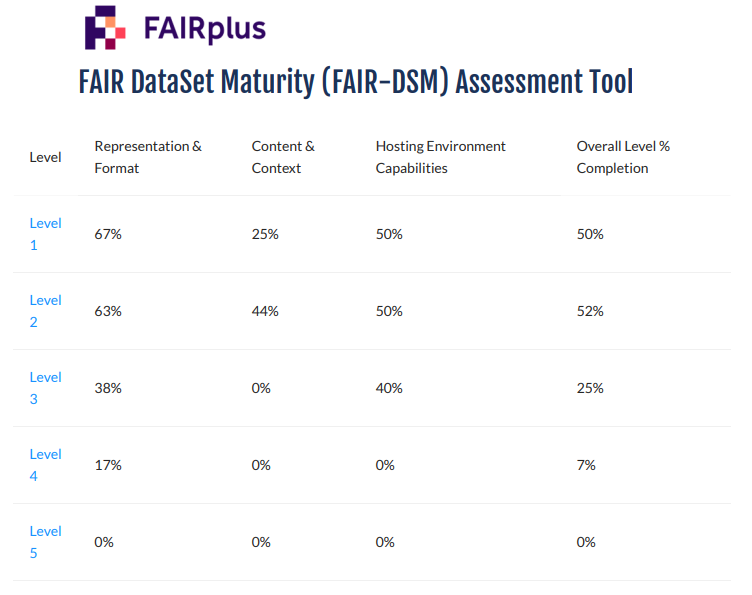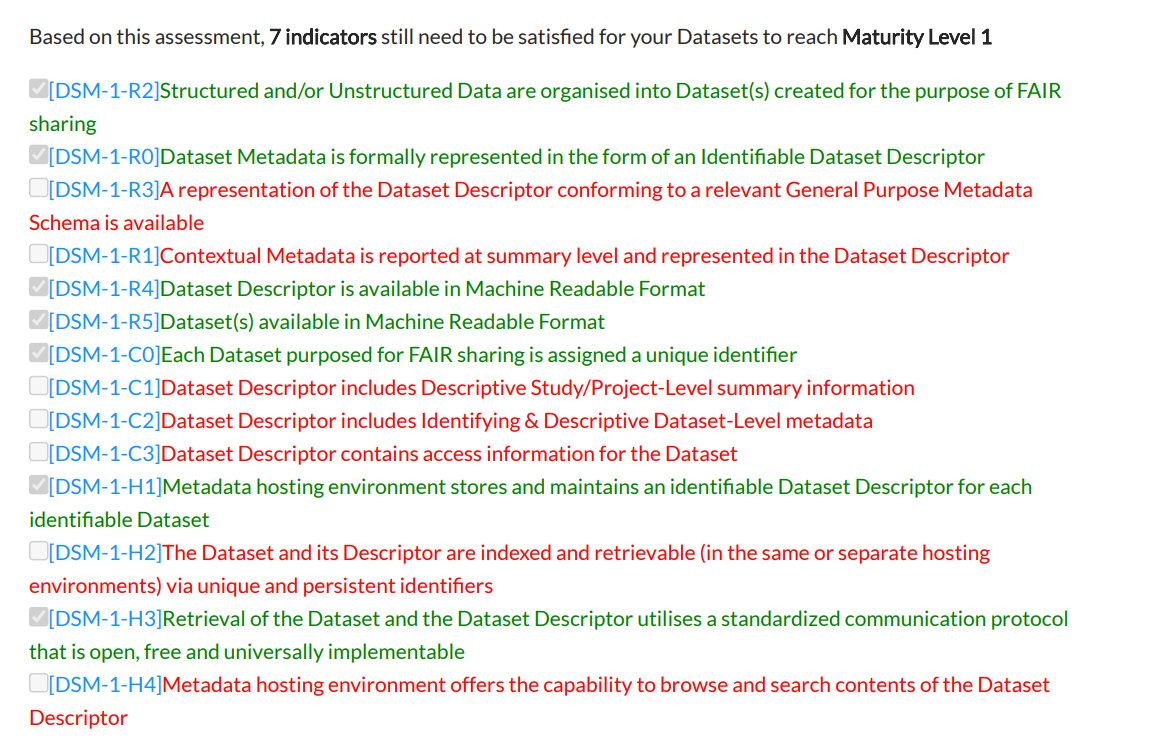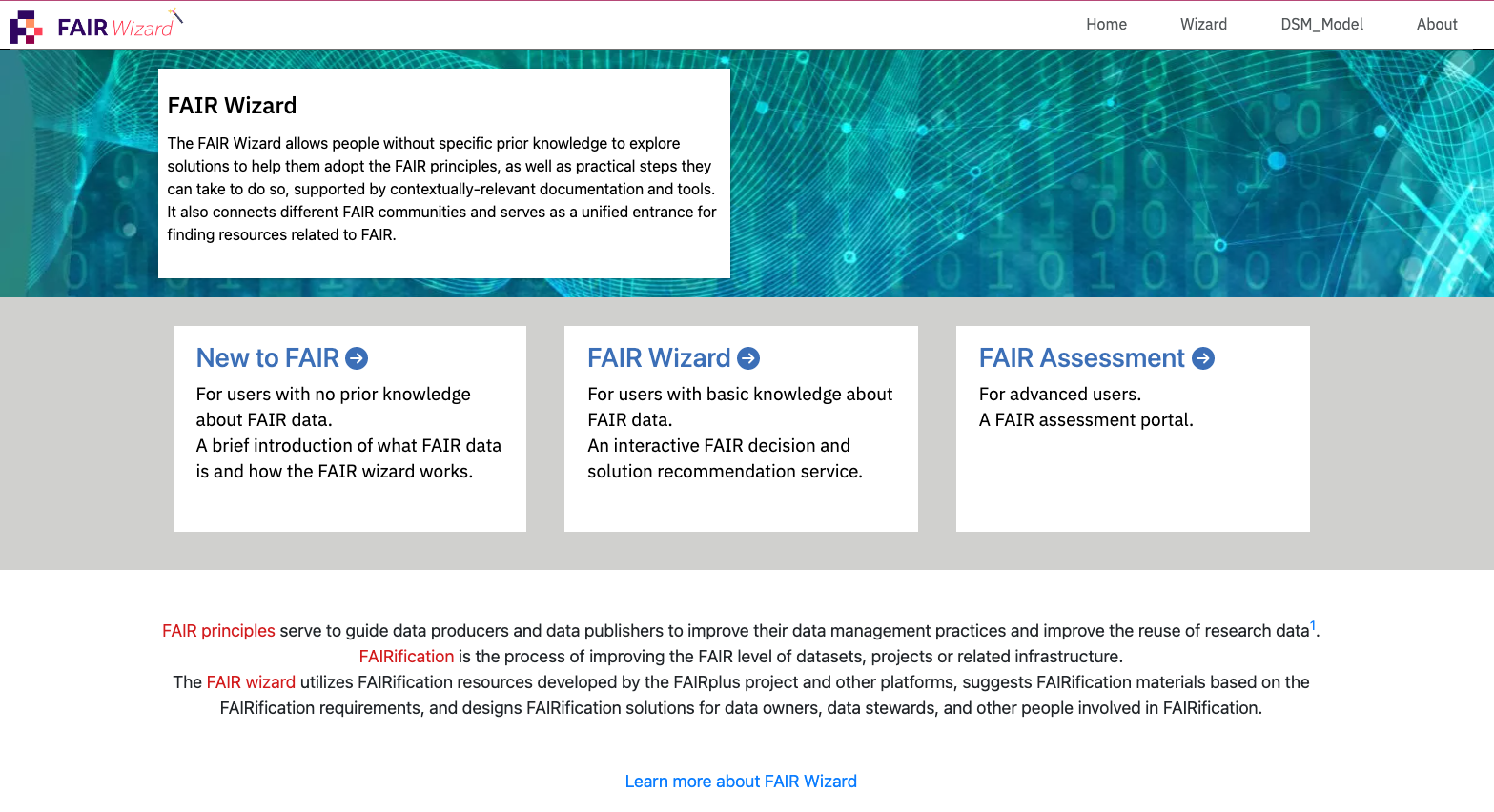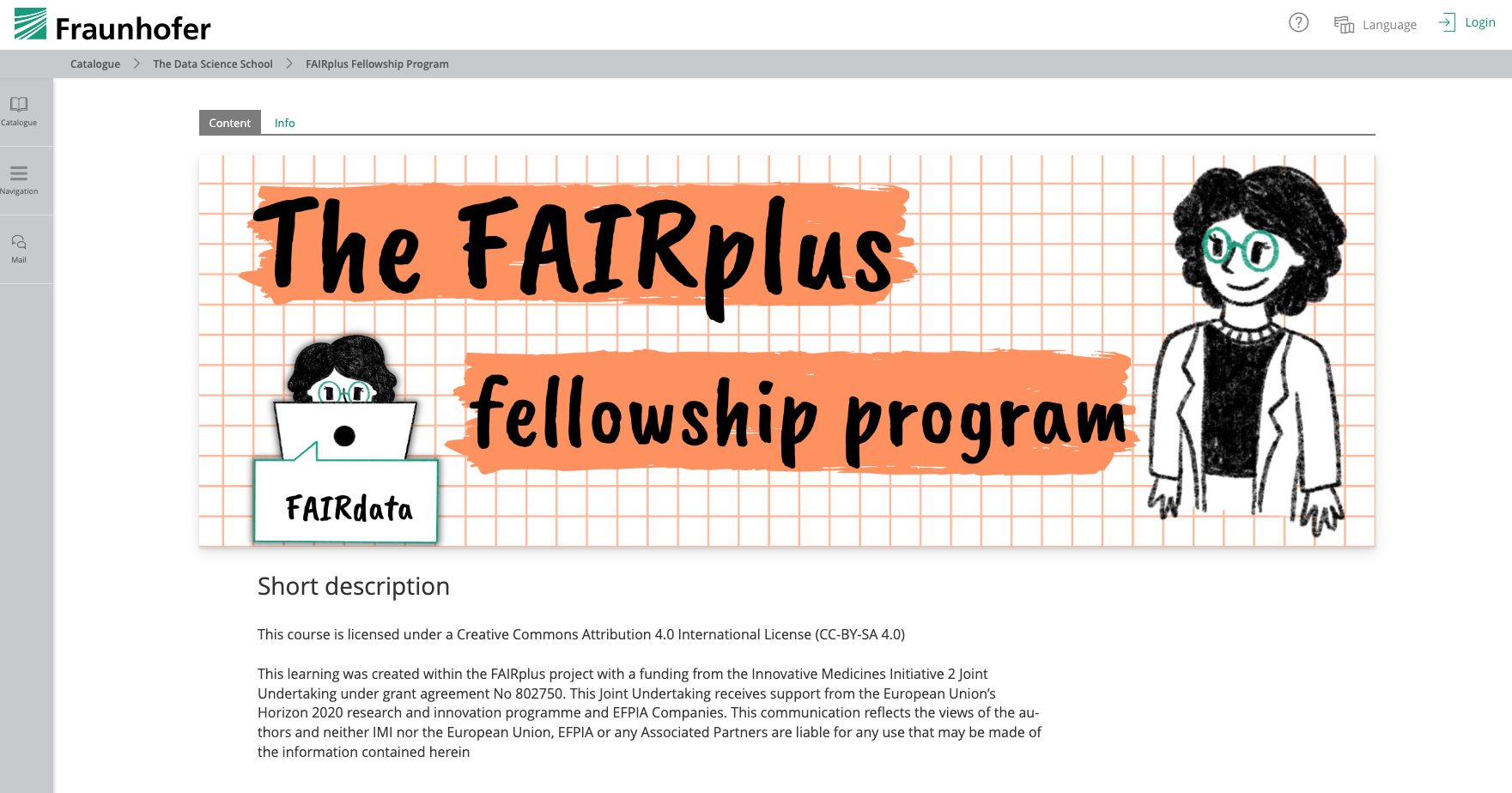Lessons learned from the FAIR journey and project outlook¶
A collective of experiences and a collective experience¶
The FAIR cookbook consolidates knowledge from a pool of expertise and experience collected over several years of practice and development. It is also the result of the work of a group of FAIR experts, data producers, research software engineers, from both academia and industry, who have learned to work together to make data FAIR, documenting their experience along the way. It was also a training ground for developing models and tools to measure progress along the FAIR path. In that sense, the contributors and authors of this book have now developed a unique expertise and ‘savoir FAIR’, which we will seek to maintain and accrue.
With this closing chapter, the authors want to acknowledge all the contributions and highlight how the outputs of the IMI FAIRplus project have been woven together in a coherent framework to enable a culture change around data management.
In the following sections, we will summarize the key outputs and components FAIR doers can rely on, try out or get inspiration from.
Walking the talk: the FAIRness of the recipes.¶
While building our content, we realized early on that there was an opportunity to apply the FAIR principles to our recipes but also use directly some recipes to the recipes themselves.
w3id.org based persistent resolvable identifiers, implements recipe FCB077
accessible via http protocol, implements recipe FCB077
schema.org markup embedded in the html pages to improve findability by search engine, implements recipe FCB010
accessibility clarified by the specification of a license for code and content, implements recipe FCB032
semantic markup with terms4FAIR skills and EDAM terms, implements recipe FCB020
linking to FAIRsharing and Biotools
Could we do better?
FAIR is a journey and a continuum where improvements can be made. These changes can be planned by following the FAIRification framework and quantified thanks to the dataset maturity model (DSM). We will highlight those now.
A FAIRification Framework: To get organized¶
The FAIRification framework is detailed in a dedicated recipe: FCB079. The reader will find methodological cues to get organized in the most efficient way to identify and achieve a FAIRification objective. Reaching clarity about the actual task to implement is key to a successful action and the recipe details a few rules and checks to perform prior to hacking away.
FAIR Dataset Maturity Model: To quantify and plan FAIRness¶
A specific challenge to the FAIRification task is to assess the FAIR status of a specific digital object (a dataset, a service, an API). Thanks to the FAIR Dataset Maturity Model, it is possible to devise tools, such as the DSM assessment tool, to do so. The service is able to generate automatically a report based on the answers provided by a user about their dataset. By identifying strengths and weaknesses in the FAIR status of a dataset, the software component provides guidance on which steps to consider for progressing along the FAIR maturity scale.
The following figure shows the first part of the report, which provides quantified results against the different maturity scales defined by the Dataset Maturity Model.

Fig. 53 fair-dsm-assess¶
And the figure below shows the second part of the report, which lists met and unmet needs.

Fig. 54 fair-dsm-assess-report2¶
Several rounds of interactions with real projects have established the reliability and efficiency of the approach. For more details about this, please see here.
FAIR Wizard: To obtain guidance on which recipe to use¶
The content of the FAIR cookbook is also powering a FAIR guidance wizard hosted at the EMBL-EBI, the function of which is to suggest FAIRification recipes to a project owner based on needs identified by the decision tree algorithm implemented by the FAIR wizard.

Fig. 55 FAIR Wizard.¶
The software is available under an open source license at this GitHub repository.
FAIR Training Program and FAIR fellowship: To train and build a FAIR curriculum.¶
Finally, the FAIR Cookbook served as basis to shape a FAIR training curriculum, known as the FAIRplus Fellowship program. The syllabus builds on hands-on, practical content developed by the FAIR cookbook team. It is available from the Fraunhofer Institute dedicated site The first contingent of 25 PhD levels students successfully completed the program and are currently working at documenting their own individual FAIRification journeys and hopefully will contribute back to the cookbook and augment its content.
Further, based on this success, new collaborations to develop FAIR training content are ongoing with academic partners, such as the ELIXIR-UK node and the UKRI-DASH program or Sweden’s ScifileLab initiative or with industrial partners in the Pharmaceutical industry (e.g. Novartis AG, Boehringer-Ingelheim, AstraZeneca…).

Fig. 56 fair-fellowship.¶
Conclusion¶
We hope the readers will find this book useful for getting started on their journey to FAIR.
FAIR is a tool in the process of the digital transformation. It requires a new mindset, new ways to look at the data and also new ways to deliver change in the data management practice.
Does the FAIR cookbook end here with the end of IMI FAIRplus project?
Of course not! We’ll outline now how future development will take place.
Sustainability through collaborations: the Hub and Spoke model¶
Many initiatives exist (the Pistoia Alliance, Elixir-EU, RDMkit sister project, Elixir-UK RMD bites) and productive connections with industry and academia have already been established. There are still huge Data Management training needs and this means resources will be available to refine, augment, adapt the FAIR cookbook.
A great outcome of our efforts is that the FAIR cookbook is now an Elixir-Europe backed resource and several Elixir European Nodes are committed to sustain the resources and contribute to its content. Furthermore, collaborators beyond the European Union have already joined and have been onboarded, such as the US NIH Data Office for Science Strategies. Finally, our close ties with EFPIA / Industry partners can mature into further fruitful collaborations. All these efforts are anchored in the clear necessity of reducing friction to data integration and make organizations is critical to enable efficient and responsive decision-making.
References¶
References
Authors¶
Authors
Name |
ORCID |
Affiliation |
Type |
ELIXIR Node |
Contribution |
|---|---|---|---|---|---|
University of Oxford |
Writing - Review & Editing |
||||
University of Oxford |
Writing - Review & Editing |
||||
Imperial College London |
Writing - Review & Editing |
||||
University of Luxembourg |
Writing - Review & Editing |
||||
University of Luxembourg |
Writing - Review & Editing |
||||
SIB |
Writing - Review & Editing |
||||
EMBL-EBI |
|
Writing - Review & Editing |
|||
Herman Van Vlijmen |
Janssen |
Writing - Review & Editing |
|||
Fraunhofer Institute |
Writing - Review & Editing |
||||
Maastricht University |
Writing - Review & Editing |
||||
University of Manchester |
Writing - Review & Editing |





